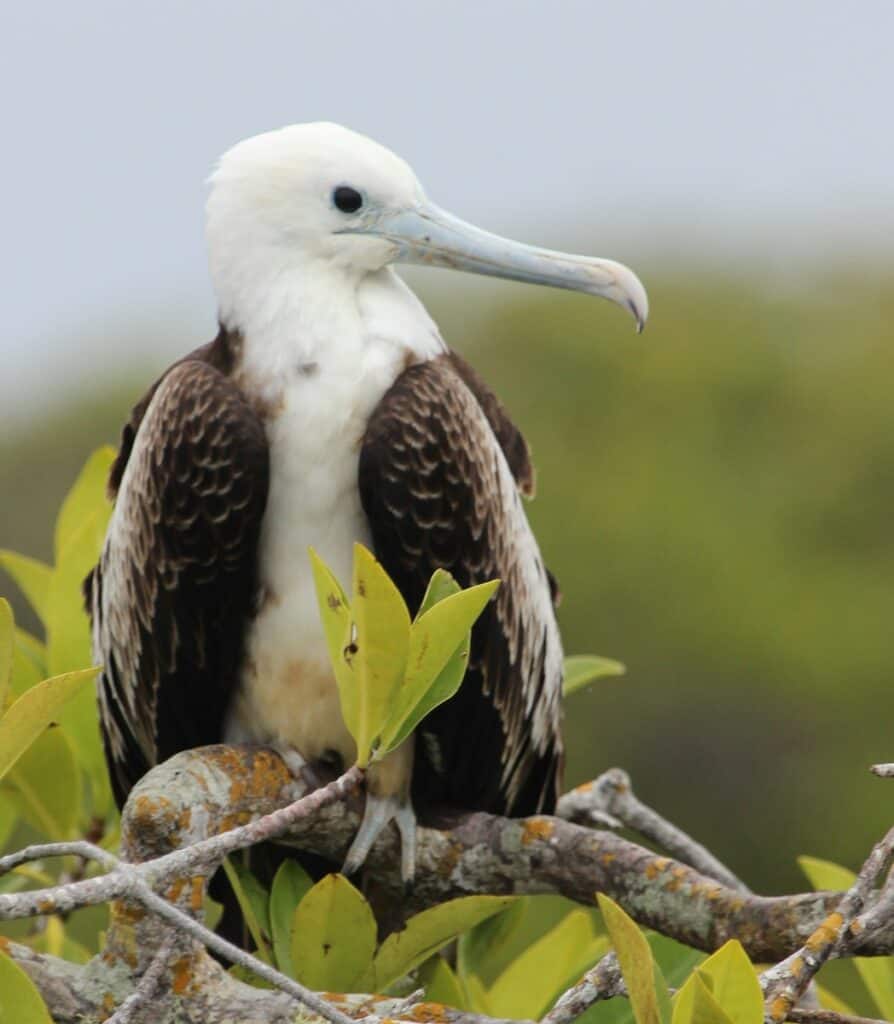The skies of North America have been graced by many magnificent winged creatures throughout history, but none as awe-inspiring as the teratorn, Argentavis magnificens. Known for its remarkable size and prowess, this bird dominated the prehistoric skies. This article delves deep into the fascinating world of these majestic creatures, from their colossal dimensions to their impressive flight capabilities.
Meet the Argentavis Magnificens

Argentavis magnificens, or “magnificent Argentine bird,” was the most gigantic bird known to have flown across North America. With an estimated wingspan of up to 23 feet, this prehistoric teratorn dwarfed modern-day birds, making even the California Condor look diminutive. This behemoth is believed to have lived around six million years ago during the late Miocene period, leaving a remarkable legacy in the fossil record.
Discovery of a Giant
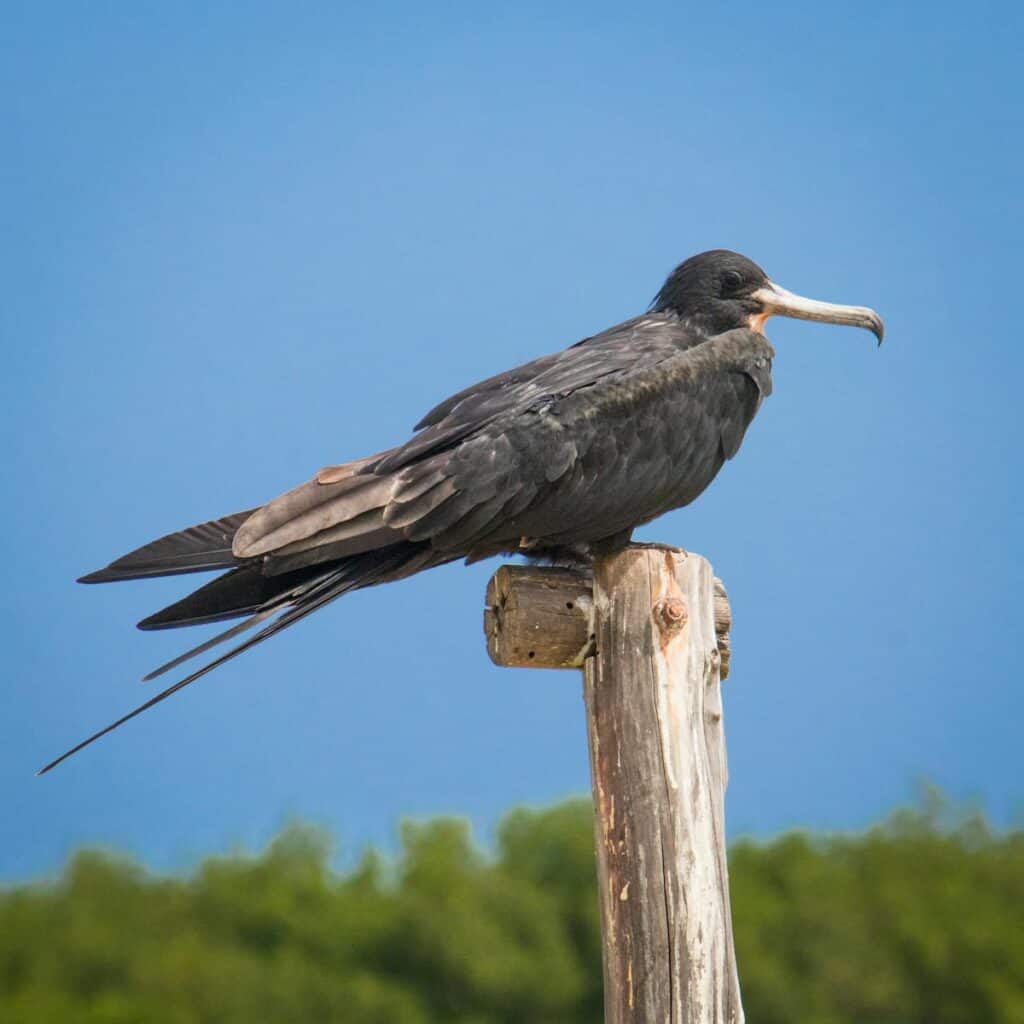
The first remnants of Argentavis were unearthed in Argentina, providing insight into its existence. The fossils consisted of wing and leg bones and a part of the jaw. These discoveries were crucial in reconstructing the bird’s appearance and lifestyle, offering a glimpse into a world where such gigantic birds roamed the skies.
Estimating the Size and Weight
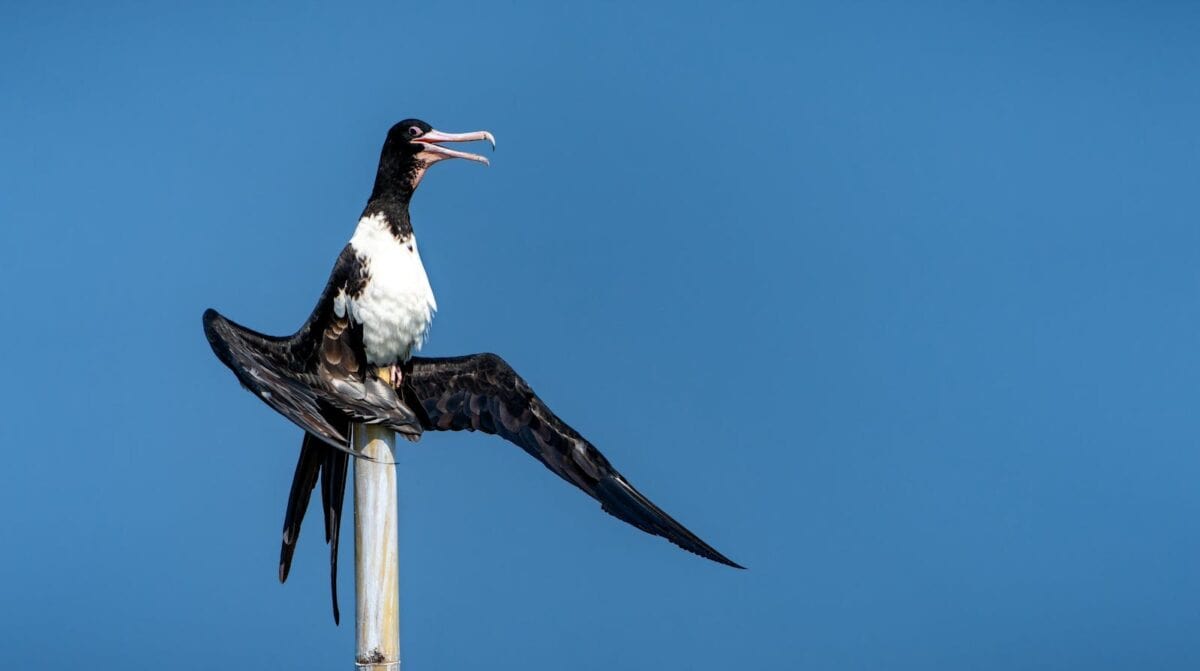
Argentavis is estimated to have weighed around 155 to 170 pounds. Despite its heft, scientists believe it was capable of flight thanks to its broad wings, which allowed for efficient gliding and soaring over long distances. Its massive wingspan and lightweight bone structure were critical adaptations for managing flight despite its large size.
Adaptations for Flight
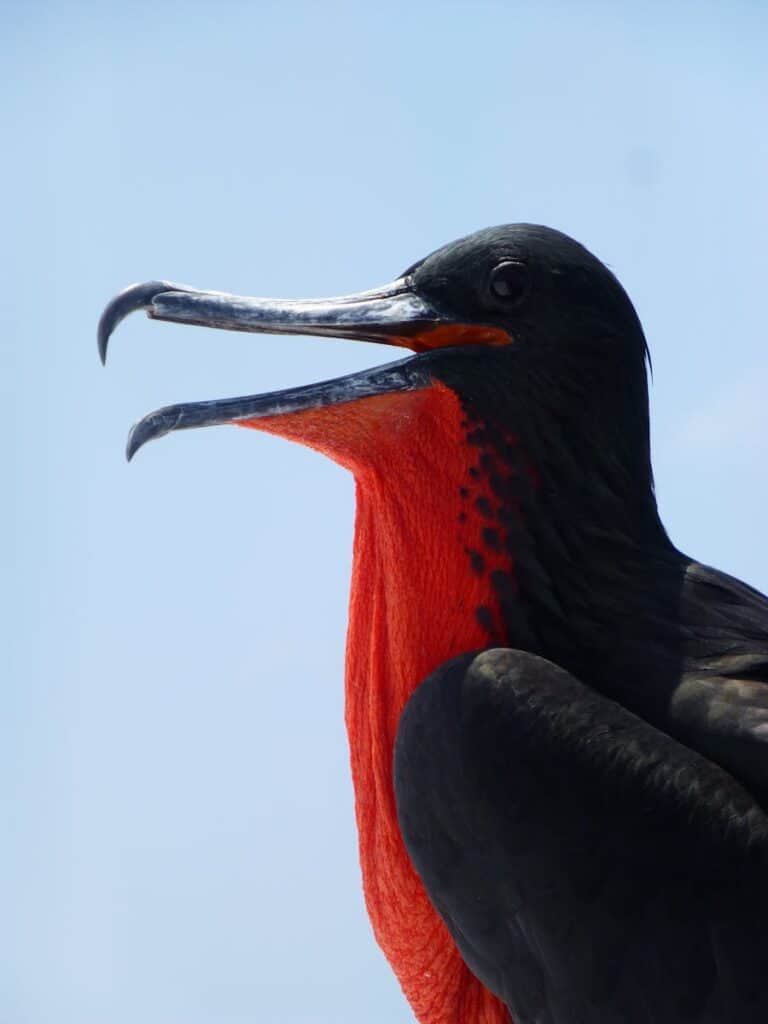
To take to the sky, Argentavis likely relied on thermal currents and wind gradients, reducing the energy expenditure required for flight. Its long, broad wings were perfectly adapted to catching rising warm air and gliding across the vast terrains of prehistoric America, mirroring the techniques employed by modern-day large birds of prey.
Diet and Hunting Techniques
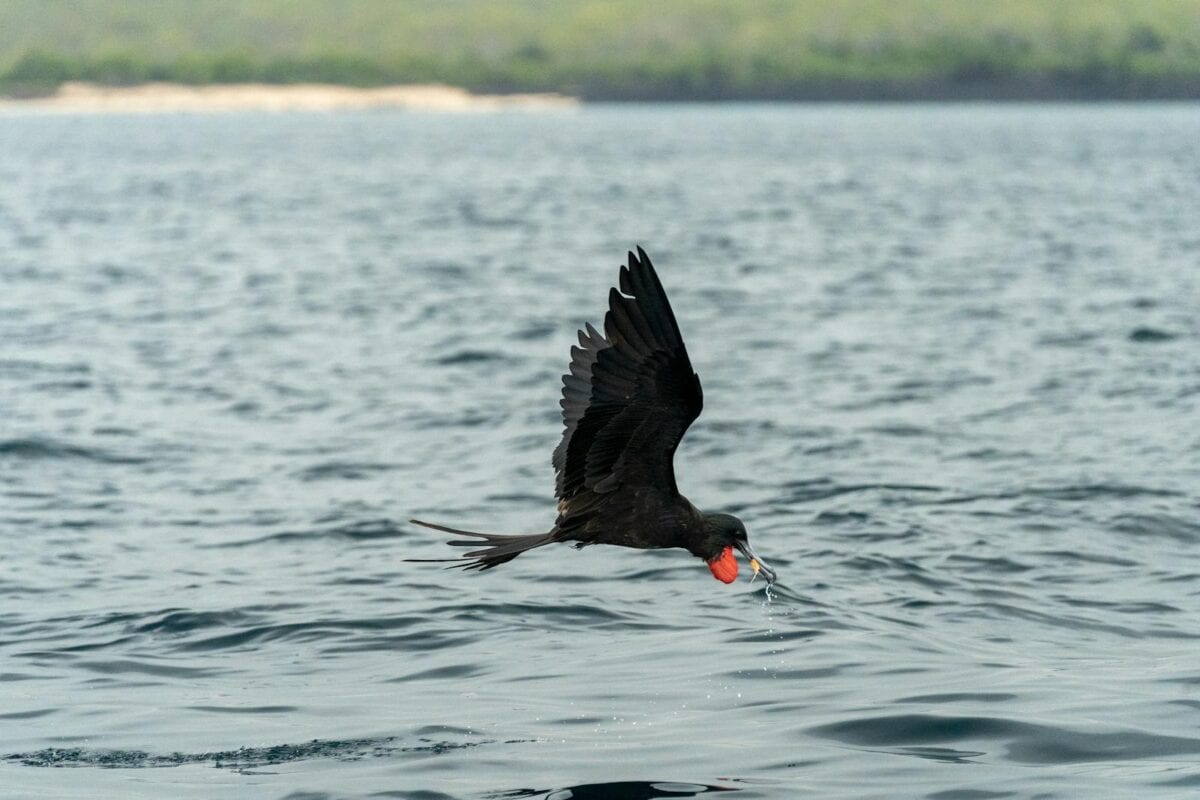
As a top predator, Argentavis magnificens likely preyed on medium-sized mammals, using its keen eyesight to spot potential targets from great heights. Its strong beak and talons would have been powerful tools in the capture and consumption of prey, a characteristic shared with contemporary birds of prey.
Social Behavior and Nesting
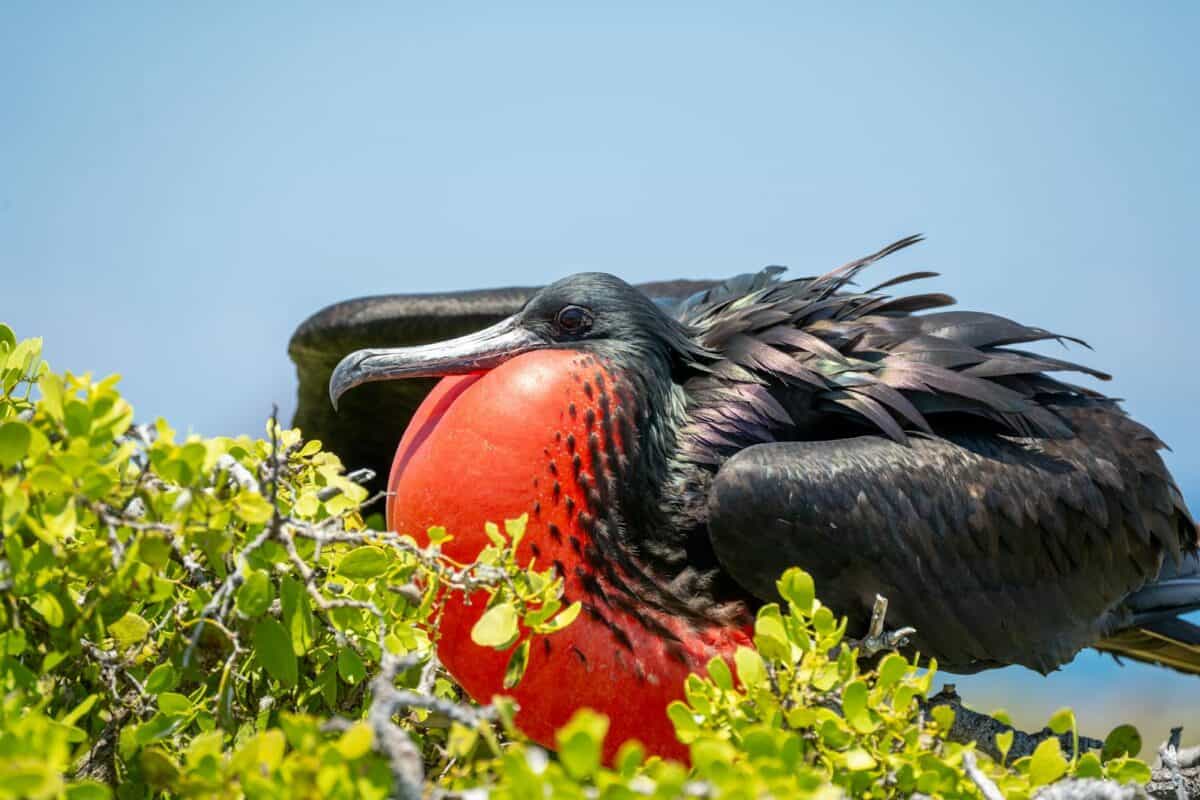
While much about its social structure remains speculative, it’s believed that Argentavis might have been solitary or lived in small groups. These birds likely built their nests in high, inaccessible areas such as cliffs or tall trees, using materials available at the time to shelter their young from predators.
The Role in Ecosystem
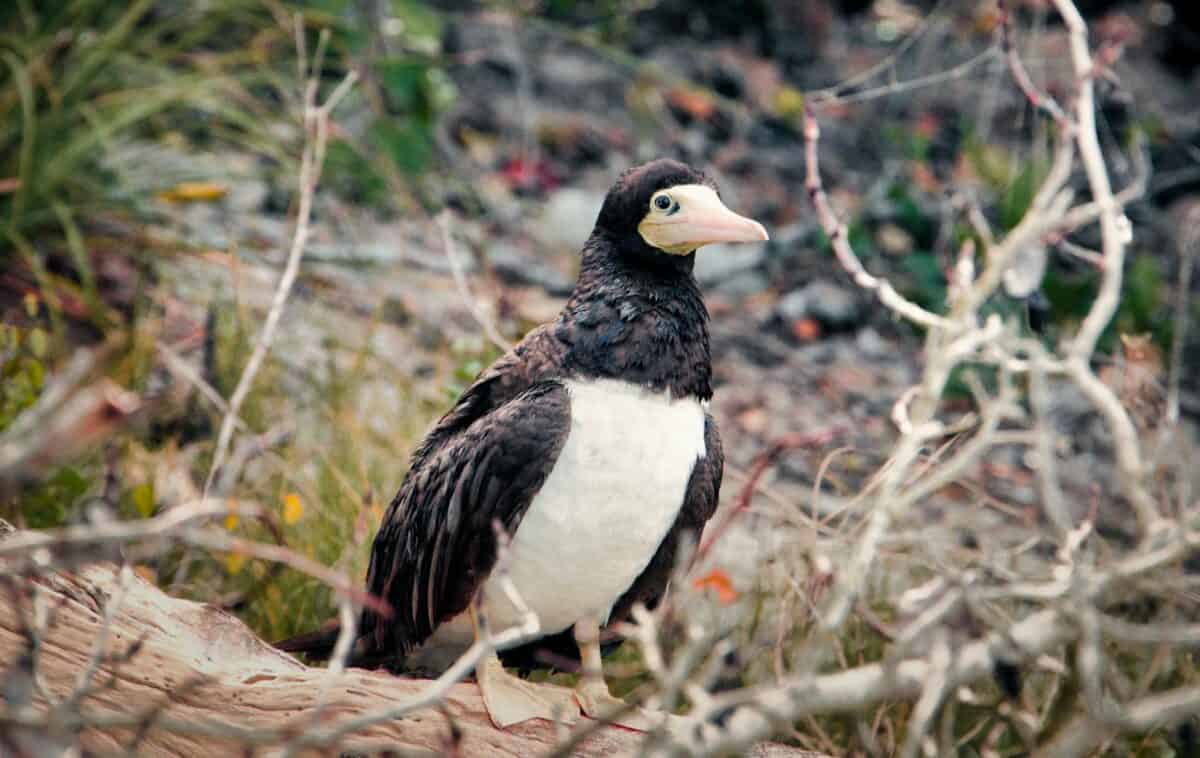
Argentavis played a crucial role as an apex predator in its ecosystem. Its presence would have helped control the populations of various mammalian species, contributing to the ecological balance. Moreover, like modern vultures, it could have also acted as a scavenger, cleaning the landscape of carrion.
Similar Bird Species
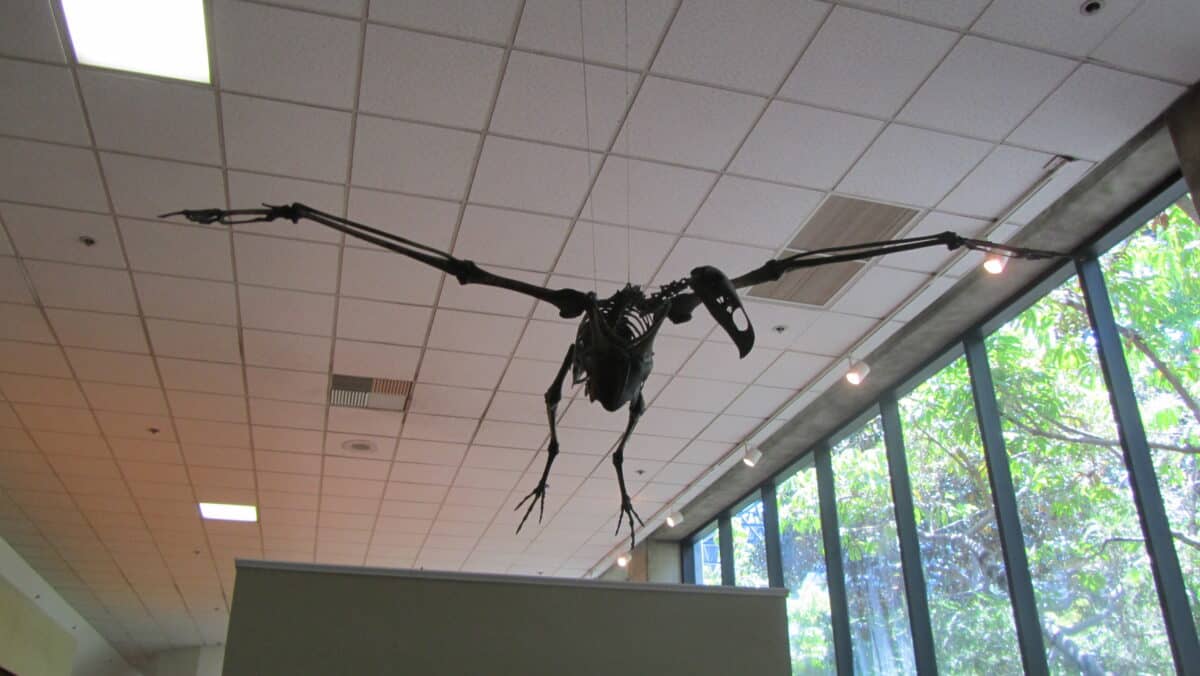
Other contemporary species like Teratornis merriami shared the skies with Argentavis, though on a smaller scale. These birds are part of the same family and are notable for their large wings and predatory nature, providing valuable comparison points for understanding the life and habits of Argentavis magnificens.
Extinction and Legacy
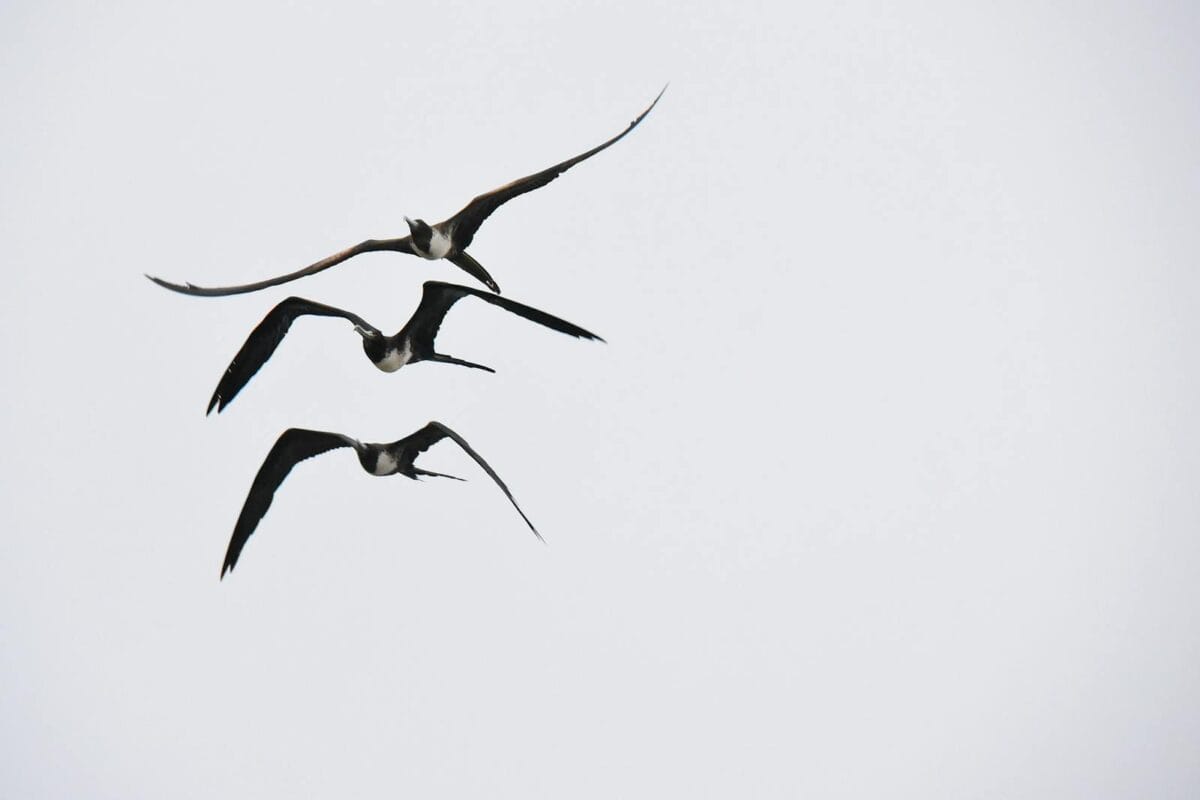
The decline and eventual extinction of Argentavis are attributed to climatic changes and shifts in the availability of prey species. As the Earth’s climate underwent significant transitions, these giant birds found their survival conditions increasingly challenging, leading to their demise.
Fascination and Inspiration
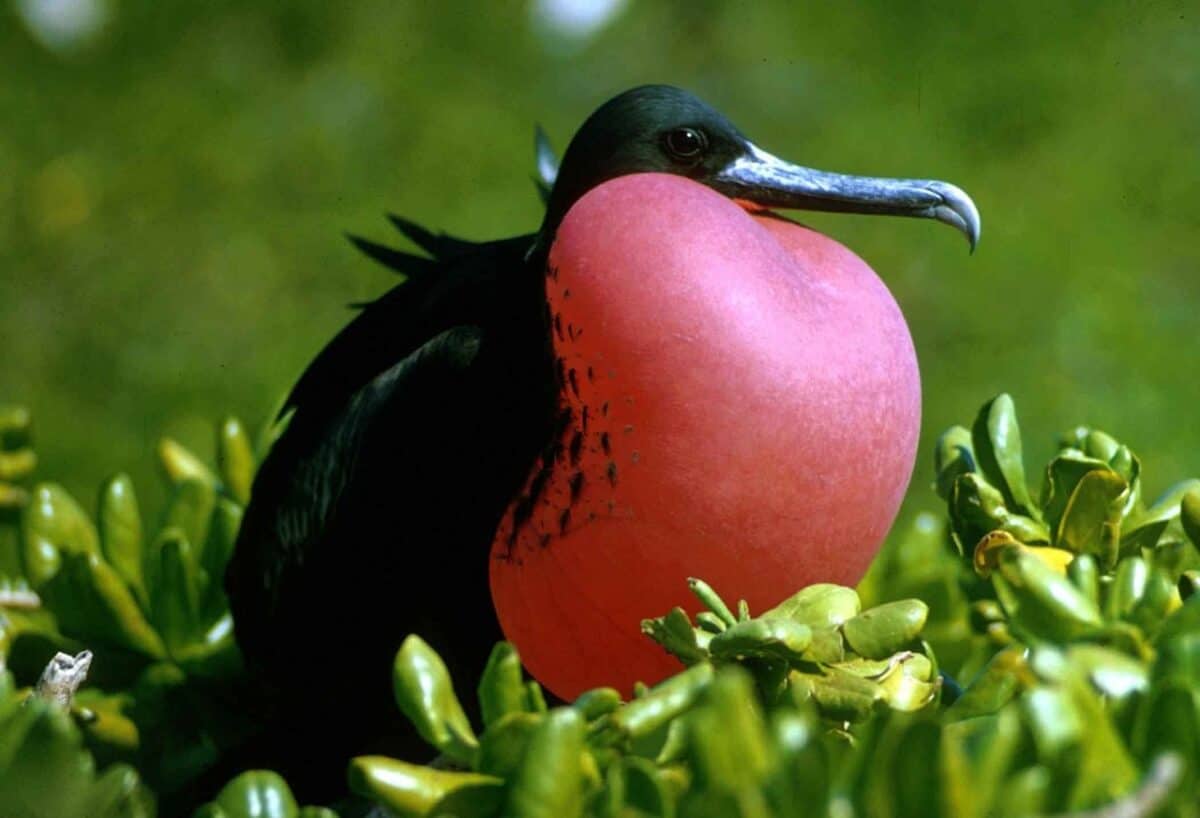
Argentavis magnificens continues to captivate scientists and bird enthusiasts alike. Its sheer size and the mystery surrounding its lifestyle fuel ongoing research and discussions, shedding light on the evolutionary pathways of avian giants. The bird serves as a testament to Earth’s rich and diverse past.
Significance in Evolutionary Studies
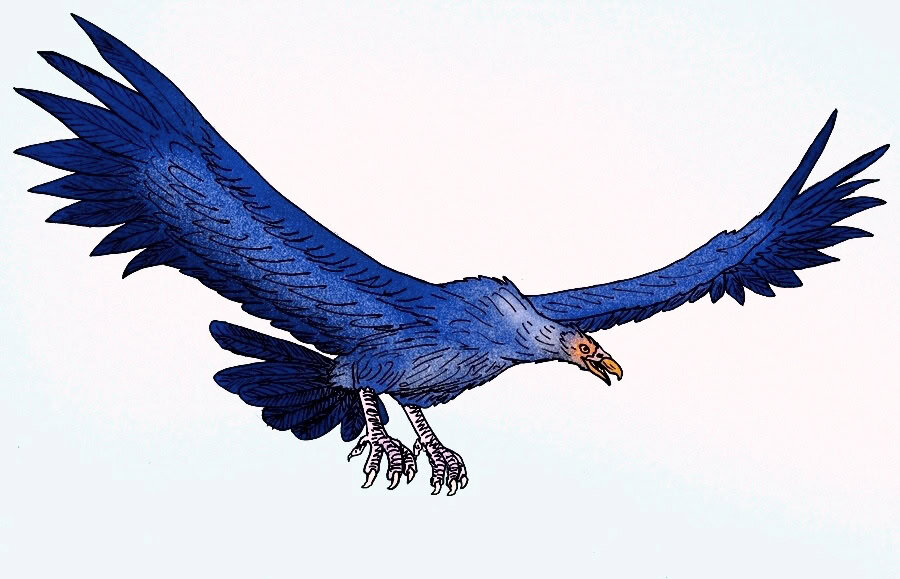
Studying Argentavis provides insights into evolutionary biology, particularly about size constraints and adaptations necessary for flight in large birds. Comparing it with extant species offers a window into how different environmental pressures can shape the physiology and behavior of avian species over millennia.
The Modern Echoes

Though no birds today rival Argentavis in size, large birds like the Andean Condor and the aforementioned California Condor still echo the grandeur of these prehistoric giants. These birds are often subjects of conservation efforts, drawing parallels to the ancient ecosystems of their enormous ancestors.
Conclusion

Argentavis magnificens remains one of the most intriguing chapters in avian history. It symbolizes not just the raw power of nature but also its delicate balance. Exploring the life of this gigantic bird allows us to appreciate the diversity and complexity of evolutionary processes. From its formidable adaptations to its inevitable extinction, Argentavis magnificens offers valuable lessons on adaptation, survival, and the ever-changing face of life on Earth.
- The Deepest-Dwelling Sea Creatures Ever Discovered - August 9, 2025
- Oregon’s Giant King Salmon Keeps Fishermen Dreaming Big - August 9, 2025
- 9 Rare Spiders Facing Extinction Due to Habitat Loss - August 9, 2025

